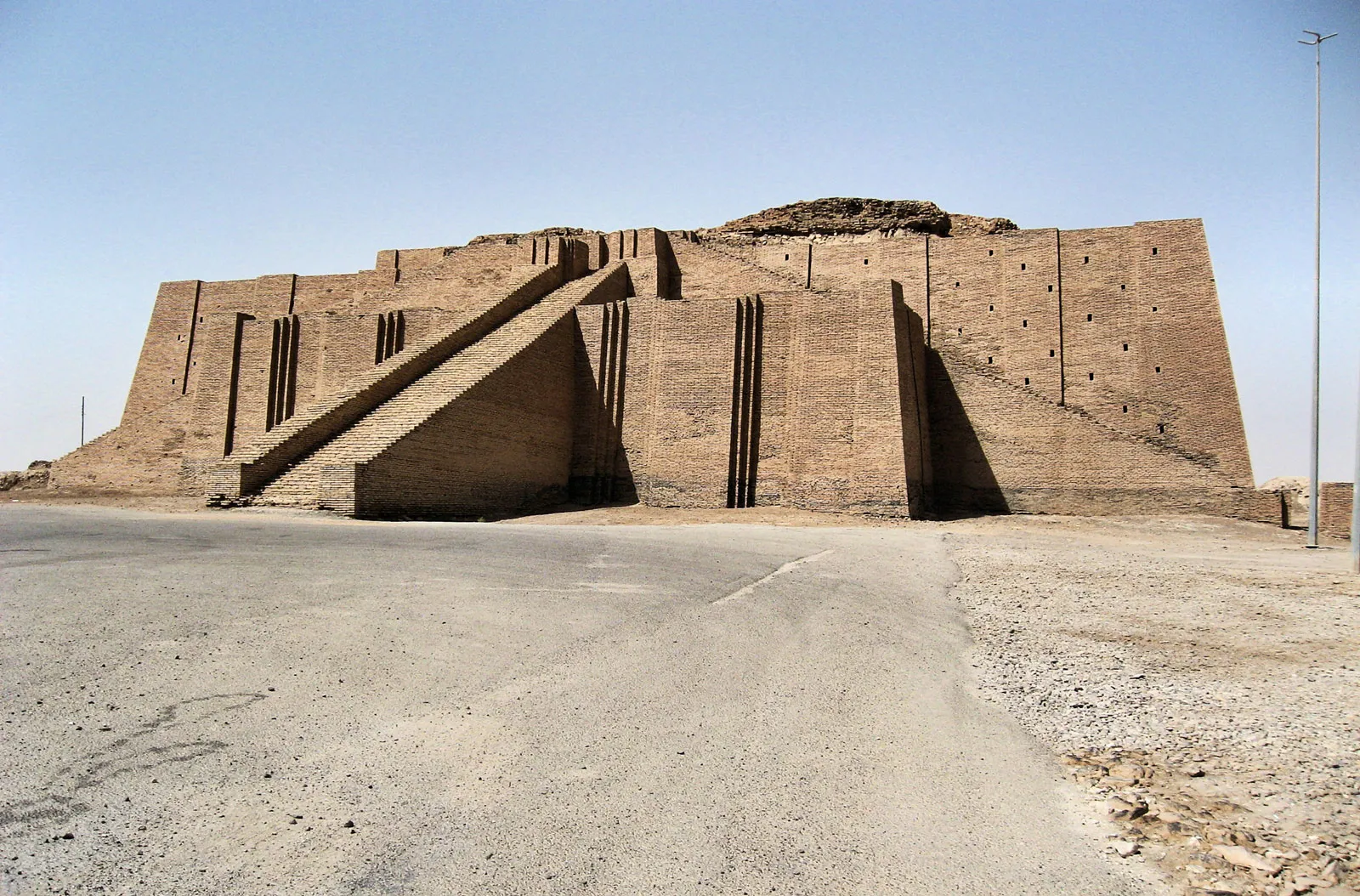The Sumerian Civilization in Mesopotamia: Its Origin and Achievements
Emerging from the alluvial plains of southern Mesopotamia around 4500 BCE, the Sumerian civilization stands as a foundational pillar of human history, often designated the cradle of civilization. [1][2] For over two millennia, the Sumerians established a complex society whose pioneering achievements in governance, technology, and culture created a blueprint for future empires and left an indelible mark on the modern world. Their innovations, born from the fertile lands between the Tigris and Euphrates rivers, fundamentally altered the trajectory of human development. [1][3]
The Enigma of Sumerian Origins
The genesis of the Sumerian people remains one of ancient history’s most compelling puzzles, a scholarly dilemma often termed the “Sumerian Problem.” [4] Central to this mystery is their language, a linguistic isolate with no demonstrable connection to the Semitic or Indo-European languages of their neighbors. [4][5] This uniqueness has fueled intense debate over their origins. One prominent theory posits that the Sumerians were an indigenous population that evolved from the preceding Ubaid culture (c. 5300–4100 BCE), which first established permanent settlements and agriculture in the region. [1][6] Archaeological records show a clear, uninterrupted cultural continuity from the Ubaid period into the Uruk period, suggesting a gradual development rather than a foreign influx. [6] Conversely, other historians suggest the Sumerians were migrants. [7] Some theories point to a northern origin, perhaps in Anatolia or the Zagros Mountains, while their own literature mentions a mythical homeland called Dilmun, which many scholars identify with modern-day Bahrain, suggesting a southern, maritime origin. [7] A more recent and encompassing view is that the Sumerians were not a monolithic group but an amalgamation of various peoples who converged in Mesopotamia, with their distinct language and culture crystallizing over time.
The Genesis of Urban Society and Governance
The Sumerian civilization was fundamentally defined by the city-state, a novel form of political and social organization. [6][8] Independent urban centers like Uruk, Ur, Eridu, and Lagash became the nuclei of power, each with its own patron deity, defensive walls, and surrounding agricultural lands sustained by intricate canal systems. [1][8] At its zenith around 2800 BCE, Uruk was likely the largest city in the world, with a population estimated between 40,000 and 80,000 people. [1][9] Initially, governance was theocratic, with priest-kings known as ensi ruling as the earthly representatives of the city’s god from the temple complex. [7][10] These temples, often built atop massive stepped pyramids called ziggurats, were the administrative, economic, and spiritual centers of life, controlling vast landholdings and managing industries. [8] As conflict between city-states over resources and territory became more frequent, the role of a secular military leader, the lugal (“big man”), grew in prominence, eventually leading to the establishment of hereditary monarchies and the world’s first dynasties. [8][10] Sumerian society was distinctly hierarchical, with the king and priesthood at the apex, followed by scribes and nobles, then free citizens like artisans and farmers, and finally slaves, who were typically captives of war or debtors. [10][11]
A Legacy of Monumental Innovation
The Sumerians were prolific innovators whose inventions provided the bedrock for subsequent civilizational progress. Perhaps their most transformative achievement was the invention of cuneiform, one of the world’s earliest writing systems, around 3500 BCE. [12][13] Evolving from pictographs used for commercial records into a sophisticated script of wedge-shaped marks impressed on clay tablets, cuneiform enabled the codification of laws, the recording of history, and the birth of literature. [12][14] This script gave the world its first epic literary work, the Epic of Gilgamesh, a profound narrative exploring themes of heroism, friendship, and the human search for meaning in the face of mortality. [15][16] The Sumerians also developed a sophisticated sexagesimal (base-60) mathematical system. [17][18] This system’s legacy endures in modern timekeeping—the 60-minute hour and 60-second minute—and in the 360-degree circle used in geometry and astronomy. [17][18] Their mathematical acumen was applied to complex engineering feats, most notably the invention of the wheel around 3500 BCE, which revolutionized transportation, and the construction of elaborate hydraulic systems of canals and levees to control river flooding and irrigate their fields. [1][19] Furthermore, they pioneered codified law; the Code of Ur-Nammu, dating to c. 2100 BCE, predates the more famous Code of Hammurabi and established justice through fines for damages rather than purely retaliatory punishment for many offenses. [11][20]
Decline and Enduring Influence
The decline of Sumerian civilization was a gradual process driven by a confluence of environmental degradation and political instability. Centuries of intensive irrigation in an arid climate led to severe soil salinization, drastically reducing agricultural yields. [21][22] Clay tablet records reveal a forced shift from cultivating wheat to more salt-tolerant barley, yet even barley yields eventually plummeted, leading to famine and social unrest. [22] This internal weakness was compounded by incessant warfare among the city-states, which left them vulnerable to external conquest. [21][22] Around 2334 BCE, Sargon of Akkad unified the region, creating the world’s first empire and marking the end of Sumerian political dominance. [6][23] Although a brief Sumerian renaissance occurred under the Third Dynasty of Ur, their civilization was ultimately absorbed by rising Amorite and Babylonian powers. [1][3] Despite their political demise, the Sumerian legacy is monumental. Their innovations in writing, law, governance, mathematics, and technology were inherited and adapted by successive Mesopotamian empires and transmitted across the ancient world, forming a foundational layer upon which much of subsequent human history was built. [3][24]



